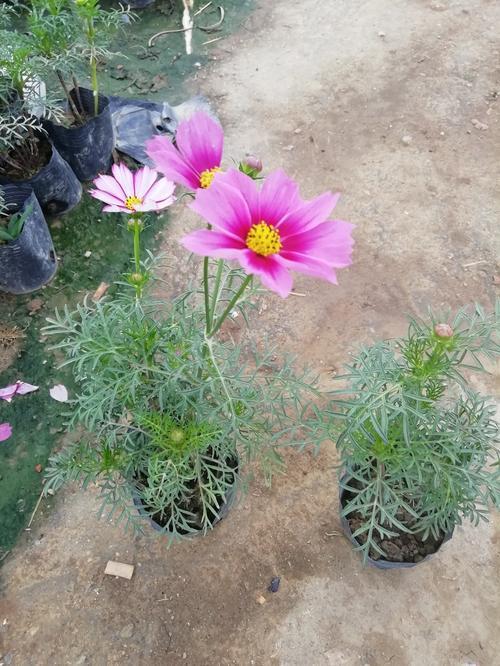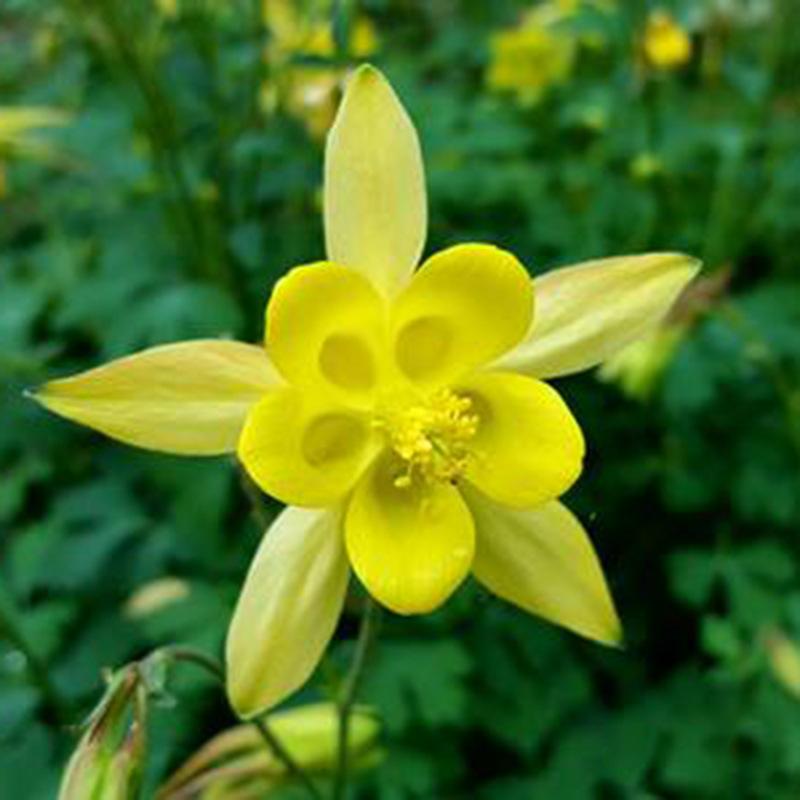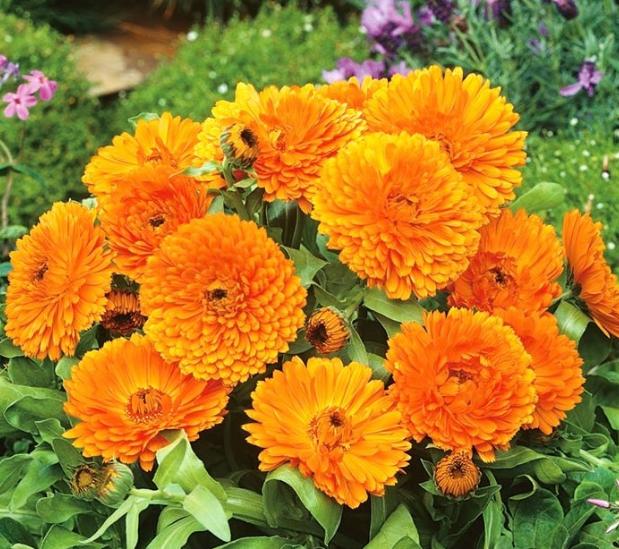Plant Aeschynanthus, also known as lipstick plant, has an intriguing story. Legend has it that its vibrant red flowers resemble the lips of an ancient goddess. According to folklore, the goddess used her magical kiss to bring good luck and beauty to those who admired her blooms. The Aeschynanthus continues to captivate with its stunning flowers, attracting hummingbirds who are believed to carry messages from the goddess. This plant’s enchanting tale has made it a popular choice for bringing luck and allure to homes and gardens worldwide.
Picture
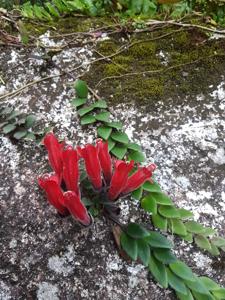
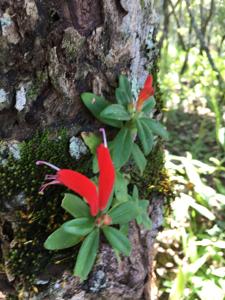
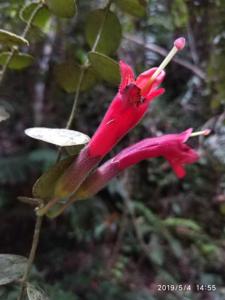
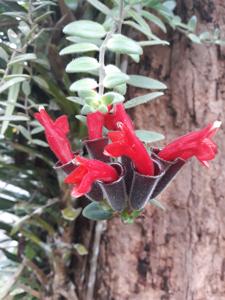
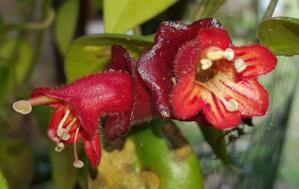
Plant some seeds now!
Short Description
Aeschynanthus is a genus of about 150 species of evergreen subtropical and tropical plants in the family Gesneriaceae. They are usually trailing epiphytes with brightly colored flowers that are pollinated by sunbirds. The genus name comes from a contraction of aischuno (to be ashamed) and anthos (flower). The common name for some species is lipstick plant, which comes from the appearance of the developing buds emerging from the calyces. A full list of the accepted species and their synonyms can be found in the Smithsonian Institution’s World Checklist of Gesneriaceae.
The genus contains a large variety of plants with differing features. Some have thick, waxy cuticles while others have much softer leaves. Species such as A. speciosus are large where A. micranthus is much smaller and trailing. Several species are valued in temperate climates as houseplants, notably A. longicaulis, A. pulcher and A. radicans.
Cultivation
They require good lighting and semi-moist, well-drained soil conditions to grow, though they vary and some require more moist soil. They also prefer warm and humid conditions.

